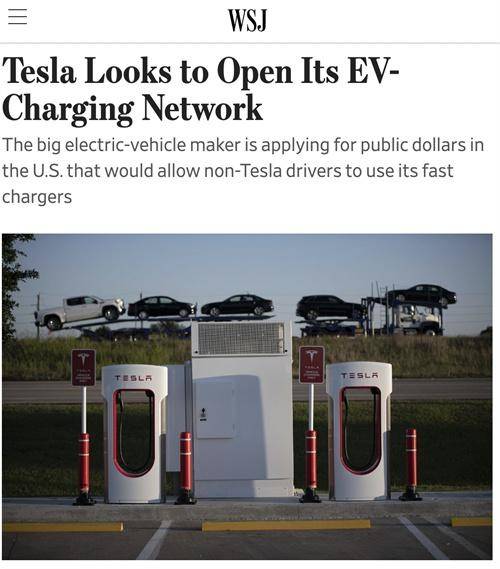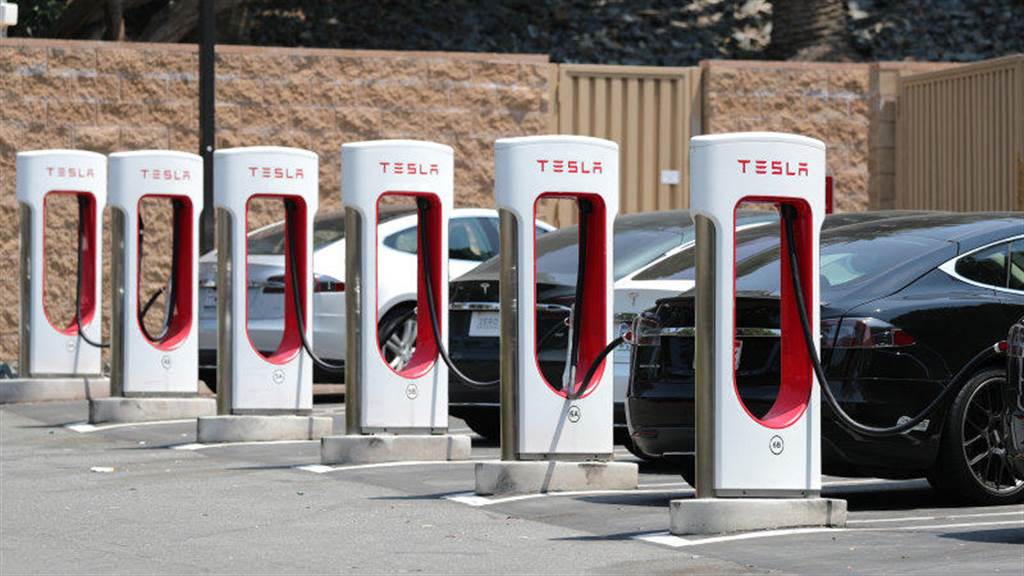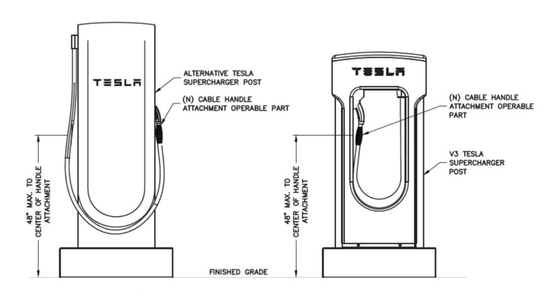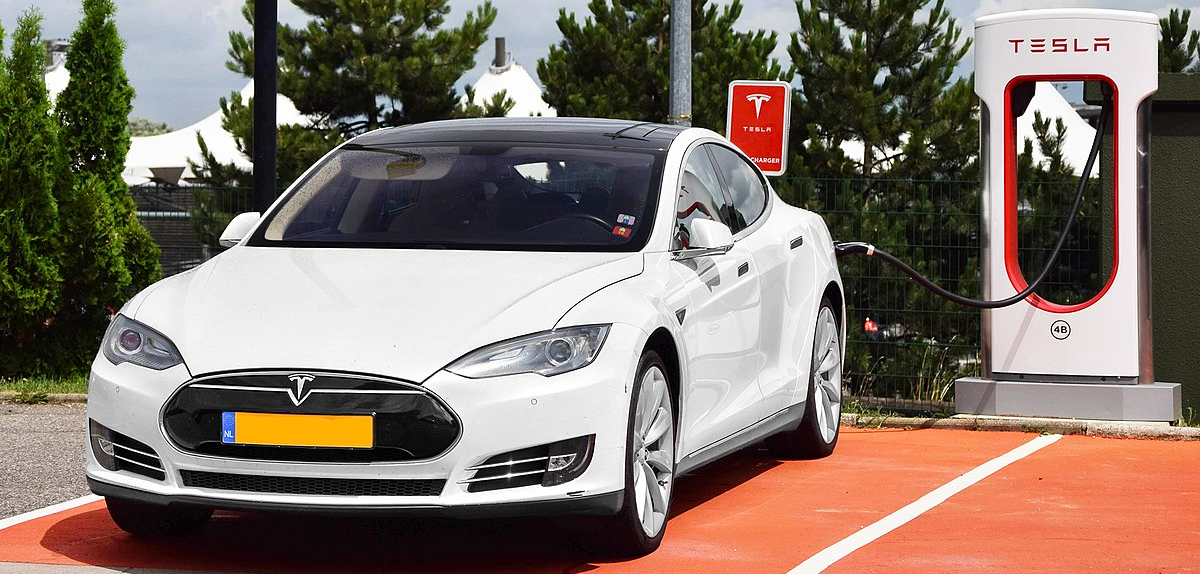According to foreign media reports, Tesla is planning to open up some of its North American supercharging stations to other brands of electric vehicles in order to obtain government funding to build more charging facilities.

Charging Station Construction Plan in the US
The Biden administration is currently planning to provide a total of $7.5 billion to states for charging station construction, which is included in the $1 trillion infrastructure bill passed by Congress last year.
Tesla clearly wants a piece of the pie, and recent regulatory documents indicate that Tesla is applying for government funding. The prerequisite for approval of this application is that Tesla must open its charging network to other electric vehicles.
Currently, there are no more than 5,000 fast charging stations in the United States, and excluding Tesla supercharging stations, there are only about 10,000 fast chargers. Tesla’s supercharging stations currently have a total of approximately 1,440 stations, providing a total of approximately 14,600 charging stations for drivers.
Tesla’s Supercharger Open Plan
European Pilot Program for Open Supercharging
In November 2021, Tesla first piloted the opening of 10 supercharging stations in the Netherlands. To date, Tesla supercharging stations in 13 European countries have been opened to other brand EV owners.

In these countries, non-Tesla EV owners need to download the Tesla app, find the Tesla supercharging station location on the “Charge Your Non-Tesla” page, and then make a payment to recharge. Non-Tesla EV owners need to pay higher charging fees than Tesla owners, but Tesla offers membership subscription services to reduce some of the charges.
Future Open Plan
Last year, Elon Musk said on Twitter that Tesla’s plan to open up its charging stations would gradually be extended to global markets.
In response, Nick Nigro, from Atlas Public Policy, a research firm in Washington, D.C. that tracks the EV market, said:
- “They (Tesla) are moving from a completely controlled environment of a ‘walled garden’ to beginning to serve the public.”
- “But if they see this as a good business opportunity, they are in a very strong position to become a major supplier of this service. They are very good at building charging infrastructure.”# V4 Supercharging Station Design Revealed
It is worth mentioning that in a recent earnings call, Tesla mentioned that it is developing the latest generation of fat-charging technology, which can reach a peak charging rate of 300-350 kW.
Previously, the first to third generation Tesla Supercharger stations generally continued the same design style. There were rumors in the past that the new V4 Supercharger station would adopt a completely new design, and the revealed design image now confirms this.
The image compares Tesla’s Supercharger V3 version with the new station, named “Alternative Tesla Supercharger Station”. The left-hand side of the image shows the V4 charging station, while the right-hand side shows the V3 charging station. It can be seen that the V4 charging station is taller and has longer cables than the V3 station.

Summary
Tesla’s plan to open up its Supercharger network to other electric vehicle brands will not only enable the company to receive assistance funding from the US government to build more Supercharger stations, but also ensure that the stations are nearly fully loaded. This allows the company to collect higher charging fees from owners of other electric vehicle brands, thus generating more revenue, which is a win-win situation.
However, opening up the charging network also poses certain problems, with many Tesla owners frequently complaining on social media about long wait times and queues to charge their vehicles.
There are two effective solutions to this queuing problem:
1. Accelerate the charging speed for each vehicle by installing higher-power fast charging equipment.
2. Charge high fees for vehicles that park in charging spots for a long time after they are fully charged.
The new V4 Supercharging station is obviously a solution aimed at the first method. If the charging speed can be increased to 350 kW, even if charging starts from almost empty, the total time for a full charge will not exceed 30 minutes, significantly improving charging efficiency for each vehicle.
In addition, Tesla currently charges high fees for vehicles that park in charging spots for a long time after they are charged, which is expected to relieve the current problem of queuing for charging stations even if it is opened up to other electric vehicle brands in the future.
This article is a translation by ChatGPT of a Chinese report from 42HOW. If you have any questions about it, please email bd@42how.com.
